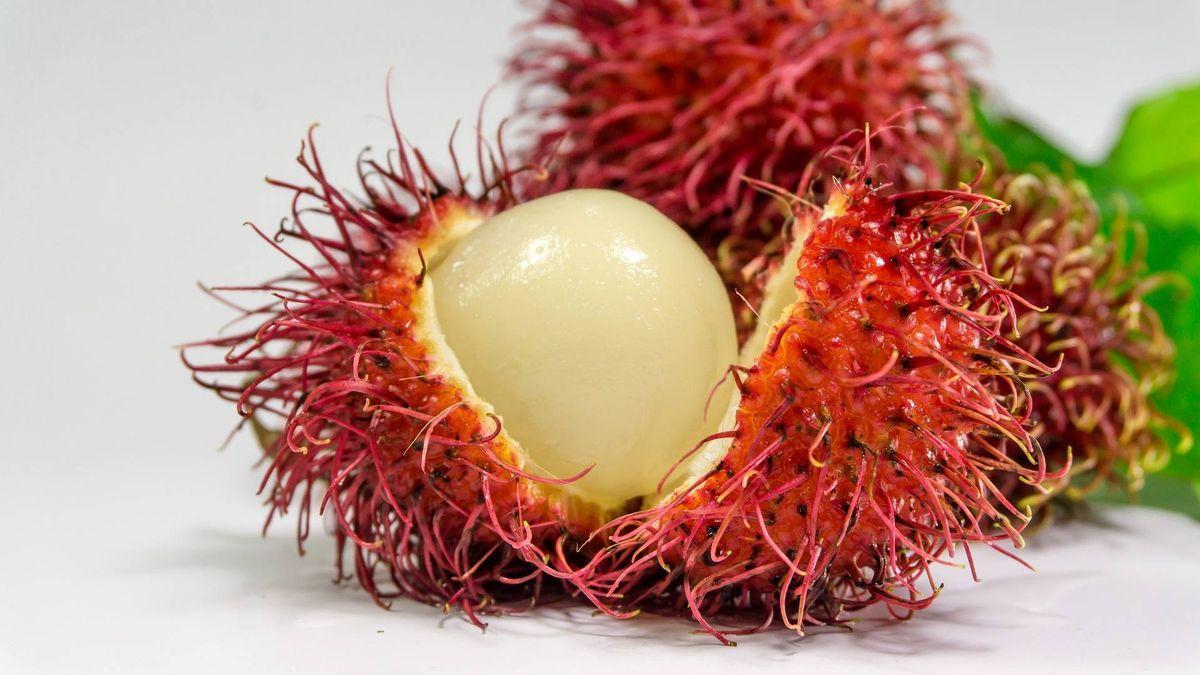the Seahorse The species is threatened by climate change, overfishing and poaching, which trap more than sixty million specimens annually for use primarily in traditional Asian medicine, explained Miquel Planas, a CSIC researcher.
According to Planas, Principal Investigator of CSIC’s Ecology and Marine Resources Group, it is expected that, as ocean water temperatures increase due to climate change, these animals are some species that cannot be found outside the Netherlands or Great Britain, “They are moving north & rdquo;.
But among the biggest threats, according to the researcher from the Higher Council for Scientific Research (CSIC), are seahorses or seahorses (Hippocampus) you have a string of Traditional Chinese medicine recipes that attribute a series of health benefitswhich “sometimes have scientific evidence and other times don’t”.
Mafia business
The mafia operates in areas with large numbers of seahorses, such as Peru or southern Portugal, where they “conduct illegal captures of specimens”.
In Spain, and specifically in Malaga, thousands of seahorses have been confiscated of the illegal catch that was stuffed and ready to be sent to China for traditional medicine.”
Another danger to this species is the “human species” destruction of their habitats, such as areas where macroalgae or marine plants such as Poseidonia or seagrasses are found.
In Spain, specifically in Malaga, thousands of illegally caught seahorses have been confiscated
Planas makes it clear “Every half hour, the equivalent of a football field disappears for these plant communities around the world.”
To preserve the species, the NGO Oceánidas is promoting the project Save Little Big Seahorsewhich has the advice of Miquel Planas, aims to keep existing seahorse populations in the hands of a network of marine rangers, which includes more than 2,000 divers.
Andalusia and Galicia
“The Mediterranean is more prone to the appearance of these animals & rdquor;explains the researcher, and points out that of the Oceanids, up to six colonies of seahorses could have been reported in Andalusia and also in Atlantic Galician.
However, he stresses that it is “important” to continue investing in research to find out where seahorses live, since, according to the expert, there are still “many observations in the Bay of Biscay”, which limits the protection of seahorses. classify.
According to the entity currently seahorse It does not appear in the Spanish Catalog of Threatened Species due to lack of data and studieswhich collects their status and the number of specimens of the species, which “in the last fifty years have been seen to have diminished nearly by half”.
In Spain there are two species of seahorses, ‘Hippocampus hippocampus’ and ‘Hippocampus guttulatus’.
Despite the fact that more than 50 species of seahorses in the world -mostly in the Indo-Pacific regions-, in Spain there are only two, namely Hippocampus Hippocampus and the Hippocampus guttulatus.
This species lives in a shallow depth, usually up to ten metres, on the contrary, he says, “in Australian waters it can be seen up to a hundred metres”.
One of the greatest curiosities of these scatterings – the family to which seahorses belong along with pipe fish and water dragons – is “They are the only species in which the male takes care of the eggs and embryos.” , they also share labor as “the female begins producing a new set of eggs when the male is still incubating the previous eggs”.
AndSeahorses live between four and five yearsBut their reproduction is limited because cycles occur between spring and fall and they “lay only about 350 eggs at a time,” the researcher adds.
next to, They are the only fish that swim vertically.“They evolved this way because it’s easier for them to camouflage themselves in meadows of seagrass,” Planas explains, adding that they are able to “camouflage and hide from their predators, which are usually larger fish.”
……..
Environmental contact: [email protected]





